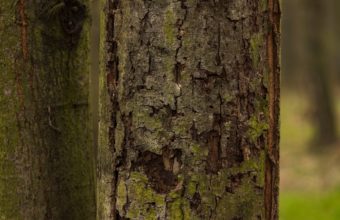Pruning trees during the summer months is generally acceptable, but there are some guidelines to follow to ensure the health and vitality of the tree.
Here are steps on how to prune trees in the summer…
- Choose the Right Time – Summer pruning is best done in the early or late summer to avoid the most extreme heat. Late spring or early fall can also be suitable in some regions. Avoid pruning during periods of drought or water stress.
- Identify the Purpose of Pruning – Understand why you are pruning – whether it’s for shaping, removing dead/diseased wood, reducing size, or improving sunlight penetration. Different pruning objectives may require different techniques.
- Use Clean and Sharp Tools – Ensure your pruning tools are clean and sharp to make precise cuts and reduce the risk of disease transmission. Disinfect tools between cuts if pruning multiple trees.
- Remove Dead, Diseased, or Insect-Infested Branches – Start by removing any dead, diseased, or insect-infested branches. Cut back to healthy wood just outside the branch collar.
- Thin Out Excess Growth – Remove crowded or crossing branches to improve air circulation and sunlight penetration. Maintain the natural shape of the tree while reducing density.
- Reduce Long Branches and Size – If needed, selectively reduce the length of long branches using proper pruning techniques. Avoid removing more than 25-30% of the total foliage in a single pruning session.
- Be Mindful of Flowering Trees – For trees that bloom in the spring, it’s generally better to prune them immediately after flowering to avoid removing potential flower buds for the next year.
- Minimize Stress – Summer pruning can be stressful for trees, so it’s a must to minimize stress. Adequate watering is crucial before and after pruning, especially during dry periods.
- Protect Bark and Branch Collar – Make cuts just outside the branch collar, avoiding damage to the trunk and leaving the collar intact. Proper cuts promote faster healing and reduce the risk of disease.
- Consult with Professionals – If you are unsure about the specific needs of a tree or if extensive pruning is required, consider consulting with a certified arborist or tree care professional.
While summer pruning is generally acceptable, the specific timing and techniques may vary based on tree species, local climate, and pruning objectives. Always approach pruning with care, and avoid practices such as topping, which can be detrimental to the health of the tree.






